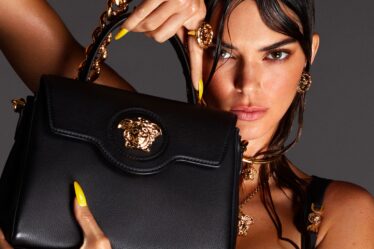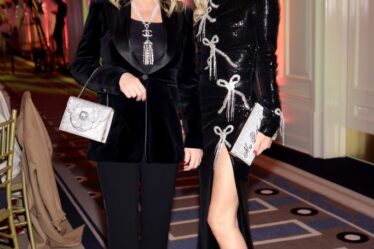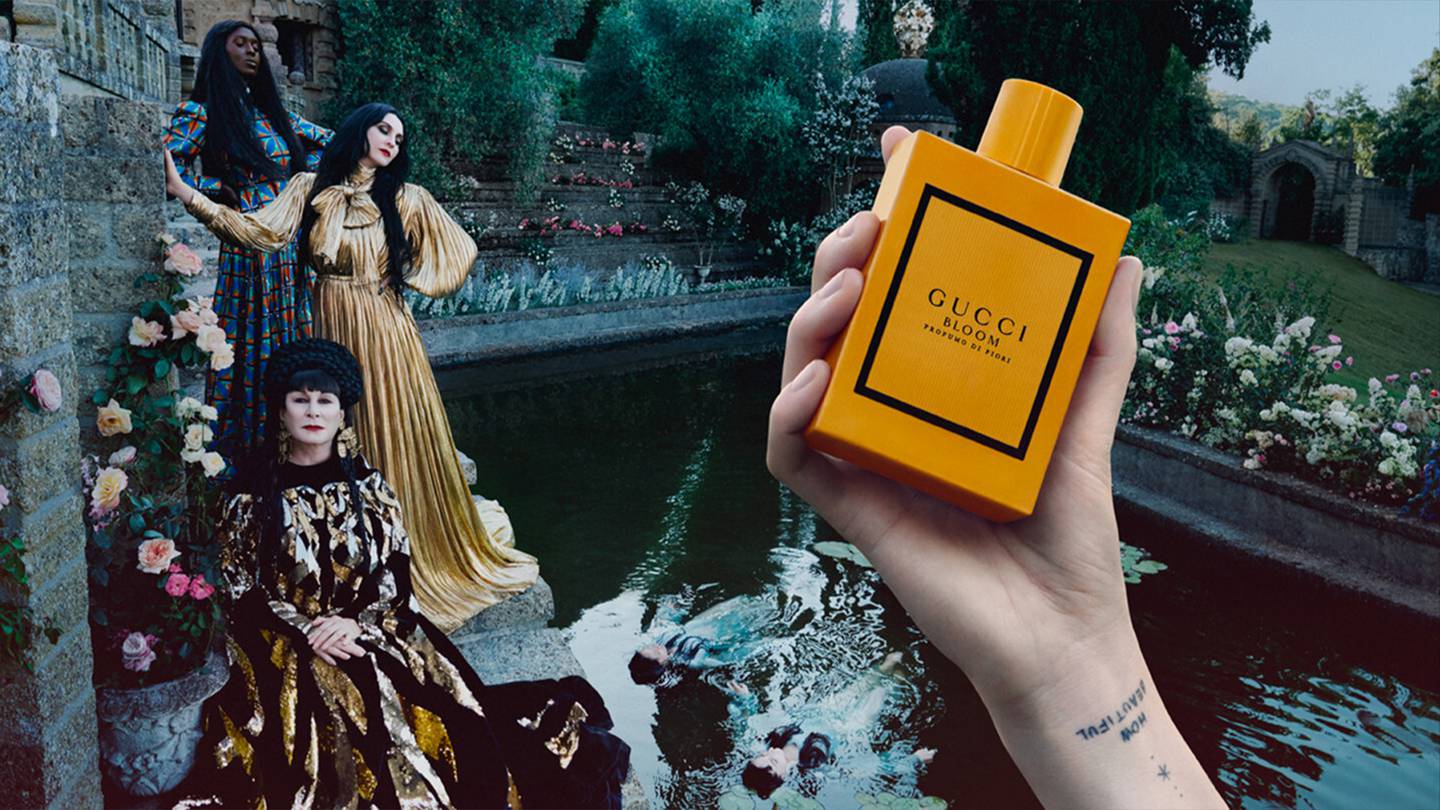
Discover the most recent and relevant industry news and insights for beauty professionals, to help you excel in your job interviews, promotion conversations or simply to perform better in the workplace by increasing your market awareness and emulating market leaders.
BoF Careers distils business intelligence from across the breadth of our content — editorial briefings, newsletters, case studies, podcasts and events, as well as the exclusive interviews and conversations we have with experts and market leaders every day — to deliver key takeaways and learnings in your job function.
Discover global job opportunities in beauty on BoF Careers today, from head of sales at Dr Barbara Sturm or beauty artist and trainer for H&M Beauty in Stockholm, to openings as a beauty site merchandiser at Bloomingdale’s in New York, as a cosmetics and fragrance marketing faculty member at Fashion Institute of Technology in New York, or as a beauty trainer at Chalhoub University in Dubai.
Key articles and need-to-know insights for marketing professionals today:
1. Kering’s Next Frontier: Beauty
Kering has hired former Estée Lauder executive Raffaella Cornaggia to lead a new beauty division, which is set to develop the beauty category for several of its brands, including Bottega Veneta, Balenciaga and Alexander McQueen. [The group] may be hedging its bets by starting off with its smaller brands but, in the long term, the more valuable Yves Saint Laurent and Gucci beauty lines, still under licence with others, will surely come into focus.
What does this mean for beauty groups relying on licensed brands? Coty seems particularly vulnerable as its business model is centred on licensing (its biggest licence being Gucci), although the group’s size and diversified portfolio offers a degree of protection. It is also the go-to licensee for brands not willing to operate their own beauty business.
2. The Companies Behind Fashion’s Biggest Fragrances
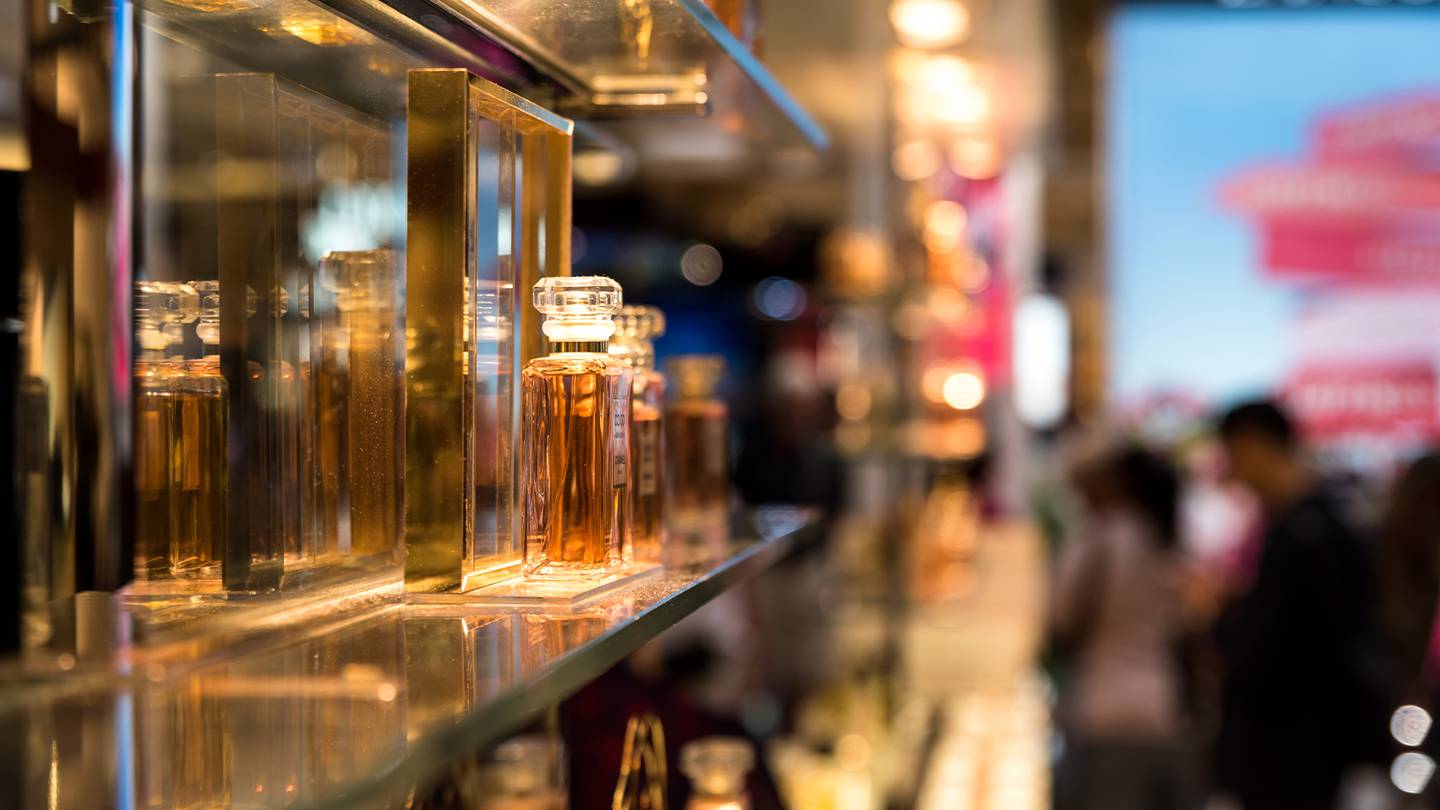
The fragrance business is booming. In the US, the category is still growing steadily, following its pandemic-era jump. Already in 2023, sales are up 19 percent year-over-year, according to NPD, buoyed by behavioural changes in Gen-Z consumers and an uptick in interest in the Chinese market.
Most luxury label perfumes and colognes are manufactured and sold by a handful of beauty companies who have inked lengthy licensing deals with brands. L’Oréal, for example, has held the licences to Ralph Lauren and Giorgio Armani’s fragrance and beauty licences, respectively, since the ‘80s. Several companies, including Interparfums and Parlux, hinge their whole businesses on fragrance, operating licences for companies including Abercrombie, Coach and Guess (Interparfums) and Tommy Bahama and Jason Wu (Parlux). These licences are big business, and can generate hundreds of millions of dollars in revenue for their operators, especially in the prestige segment, where margins are higher.
3. Inside Beauty’s Biggest Disruptor | Case Study
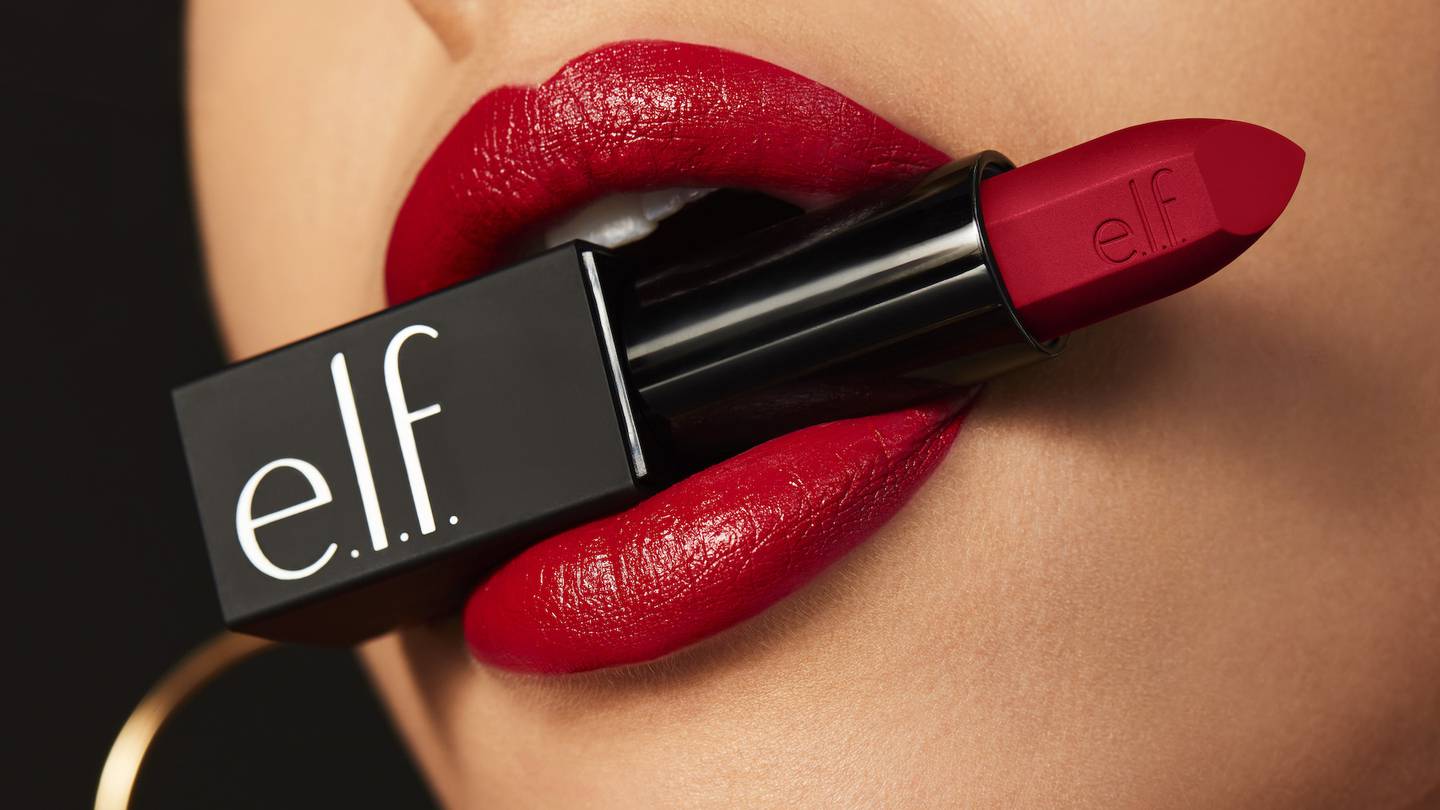
Faced with declining sales, the company launched “Project Unicorn” in August 2018. Though E.l.f. had well over 100 products then, a fraction of them ended up on retailers’ shelves. The brand subsequently changed some of the products’ packaging, including removing outer boxes, in order to get more new items onto store shelves.
Along with new packaging, the brand leaned into a hero product strategy, which built franchises around products like its Poreless Putty Primer and Camo Concealer, which remain bestsellers today. The company also upped its messaging at retailers and online to focus on the cruelty-free and vegan aspect of its products. […] For the quarter ended Mar. 31, 2019, net sales were up by $200,000 over the prior-year period to $66.1 million, due to increases in shelf space at retailers and broader distribution.
4. What Happens When Consumers Don’t Trust ‘Clean’
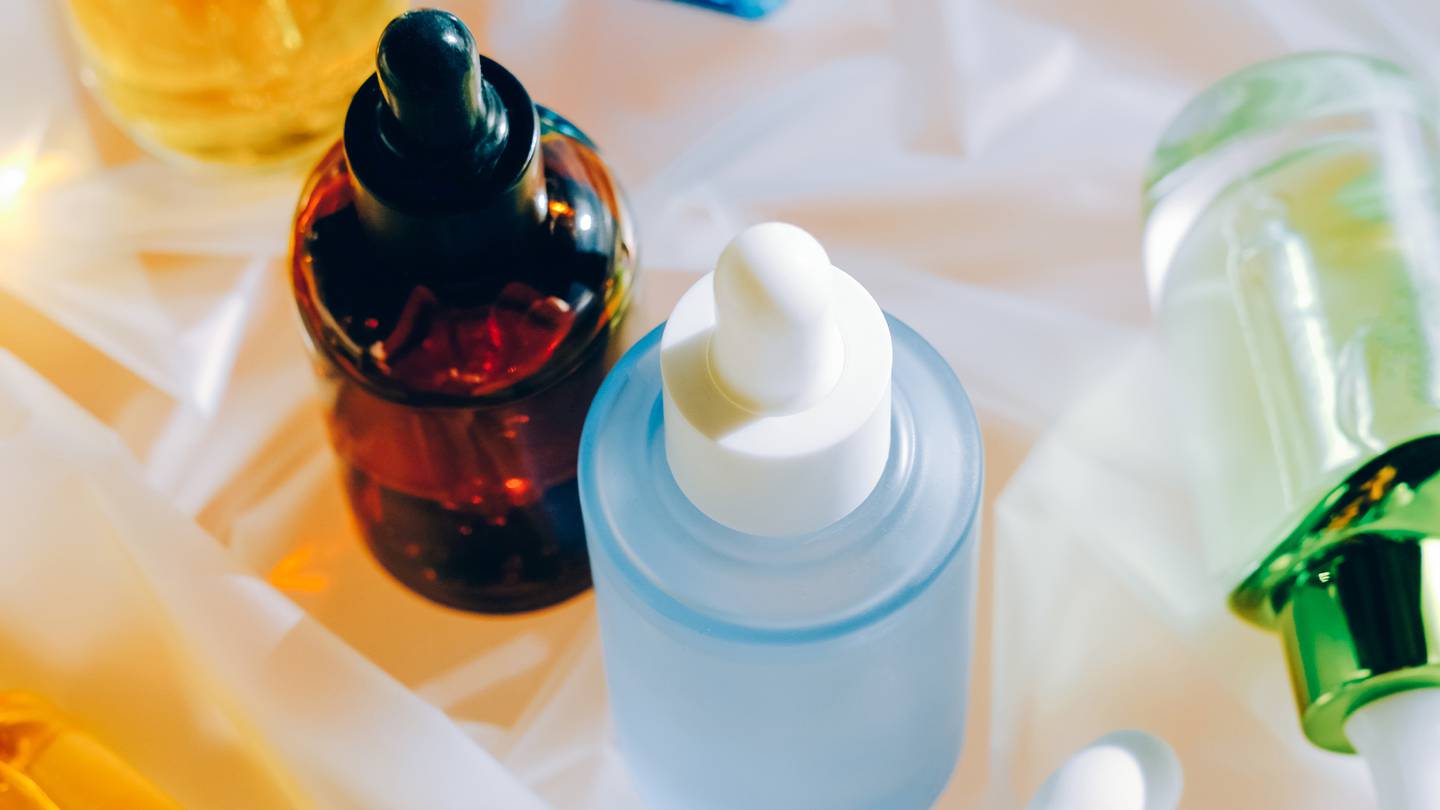
In November 2022, Sephora was hit with a class-action lawsuit by Lindsey Finster, who claims she was misled by the retailer’s labelling while shopping for mascara. The product in question was Saie Beauty Mascara 101, which gets the “Clean at Sephora” stamp of approval, a designation Sephora defines as products that are “formulated without parabens, sulfates SLS and SLES, phthalates, mineral oils, formaldehyde, and more.”
Once a valuable differentiator in the crowded beauty market, clean has become too ubiquitous to help a brand stand out, and in some cases, it has even become a liability. Brands and retailers risk a backlash if they are seen as failing to adequately explain the safety and efficacy of their products. Meanwhile, clean’s power as a marketing tool is being diminished as critics — both online and in court — question the validity of such claims.
5. Who Is Allowed to Sell Skin Care?
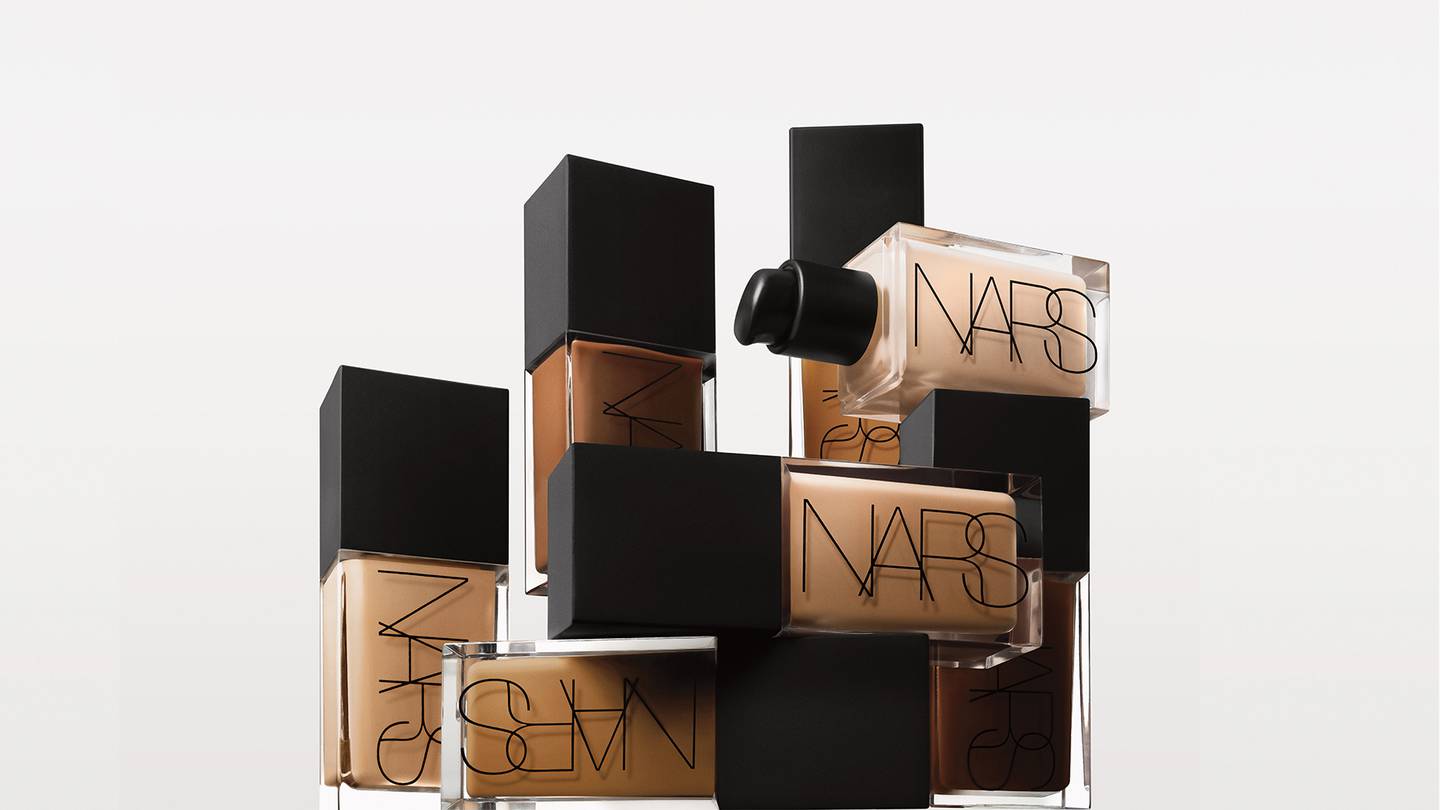
Success in skin care is not guaranteed, especially when founders or brands have shown no previous affinity or expertise in skin […] Charlotte Tilbury’s Magic Cream, for example, is an incredibly natural fit in the brand’s lineup, given Tilbury’s roots backstage. Others fall short: Kylie Jenner’s Kylie Skin, Kim Kardashian’s SKKN by Kim, and Huda Kattan’s Wishful don’t feel authentic to their founders.
For Nars, MAC and Benefit, skin care is meant to be used with makeup. “[It] enhances your makeup look, which is the space we really wanted to lean heavily into,” [said] Aïda Moudachirou Rebois, global chief marketing officer at MAC Cosmetics. […] But being an expert in colour or contouring does not always extend itself to authority in skin. […] Consumers usually gravitate towards doctor-created labels or brands with a legacy in science, research or patented ingredients that target specific skin concerns, or “serious” skin care.
6. Makeup Artist Brands Are Beauty’s Best Bet
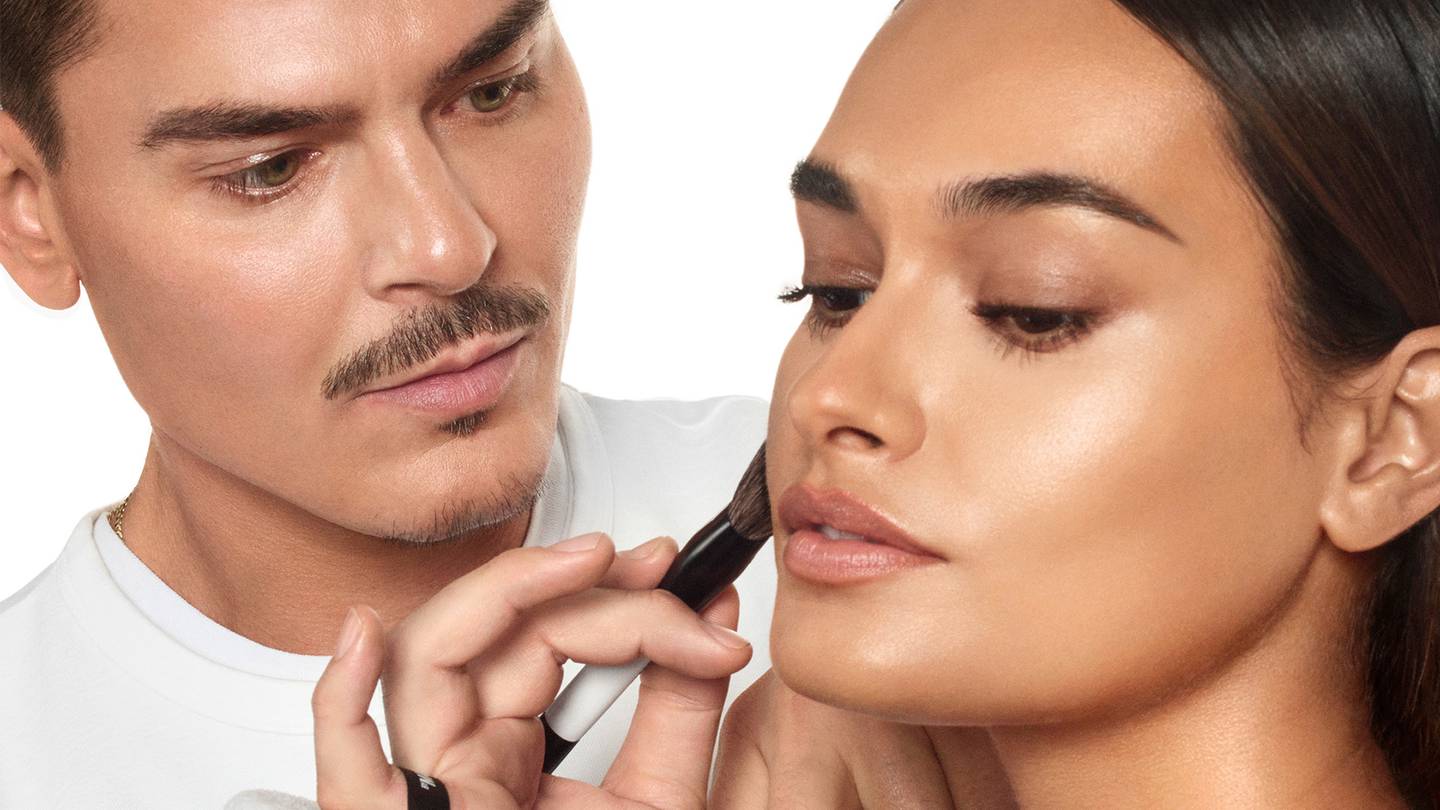
Until several years ago, a makeup artist couldn’t start a brand unless they spent decades as a fashion week fixture and held a creative director role at a global beauty conglomerate. This pedigree became less important once social media gave a platform to self-taught and emerging artists who could showcase their talent online. [Mario] Dedivanovic started out as a Sephora employee turned makeup artist to Kim Kardashian, but his masterclasses and impressive product launches established him as a serious player who could do far more than contour the face of his most famous client.
Since 2019, makeup trends changed, TikTok emerged as a leading social platform and pandemic skin care mania birthed new post-pandemic cosmetics’ preferences. A profound evolution of the colour sector has allowed [makeup artists such as Mario] Dedivanovic and [Gucci] Westman to thrive. Makeup by Mario debuted in the fall of 2020 and Westman Atelier, although it officially launched in spring 2018, didn’t see wider distribution until a Sephora partnership in 2021.
7. Why a Downturn Could Give Beauty Services a Boost
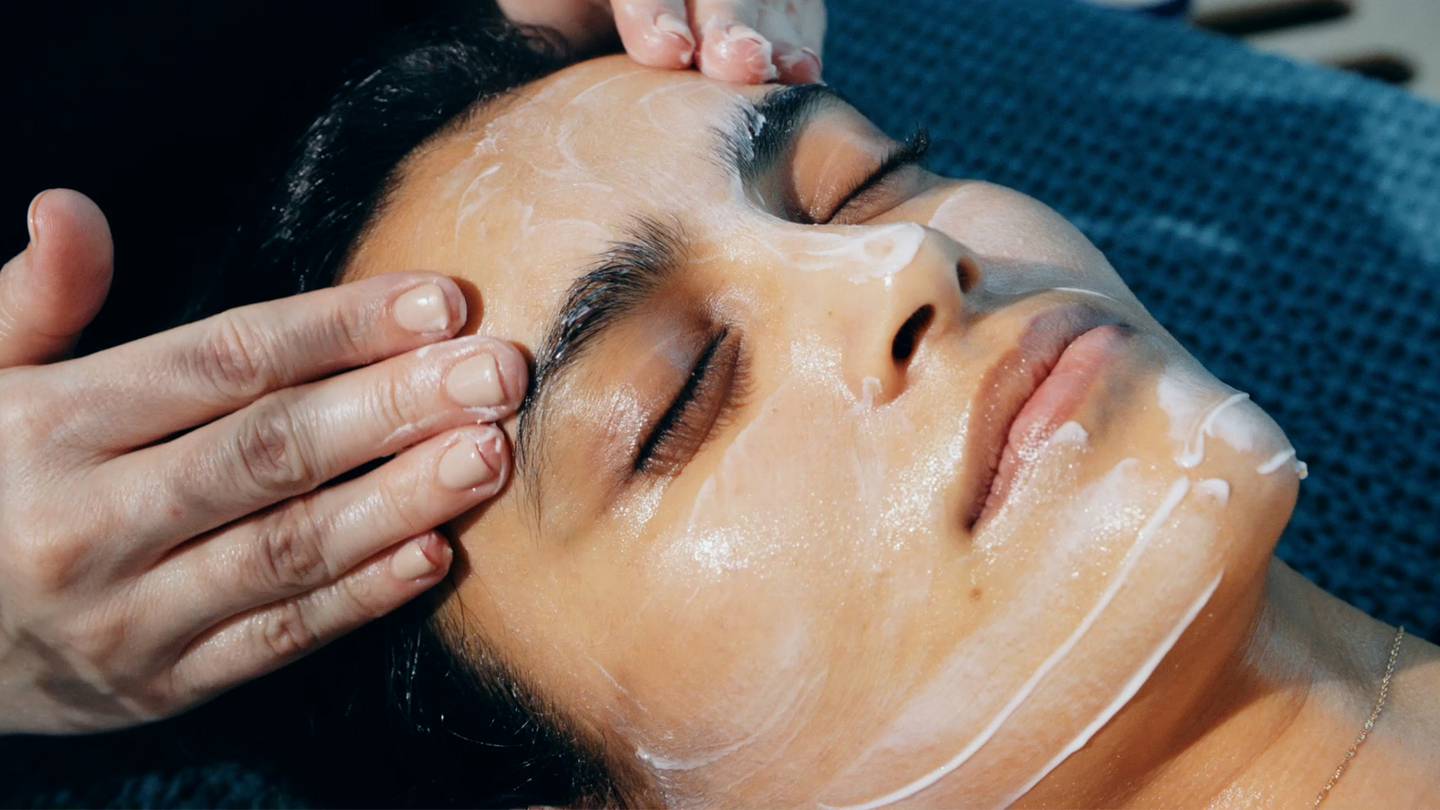
A wave of beauty start-ups is betting that customers will still want their fillers and facials, even in a recession. Glossy storefronts from Botox and filler purveyors like Ever/Body and Peachy, as well as facial spots like Glowbar and Heyday, are popping up all over New York, hoping to take procedures out of the dermatologist office.
The concept is not new — Glowbar, Peachy and Ever/Body were founded in 2019, Heyday debuted in 2015 — and, it already saw a boost during the pandemic as people spent more time staring at their own reflection on Zoom. But fresh factors are setting the stage for renewed growth. TikTok spawned extra interest amongst young consumers. Economic circumstances have more investors looking to beauty for its relative stability. And landlords and retailers, hoping to hedge against potential decreases in foot traffic, are welcoming providers. It is the same dynamic that fuelled the rapid growth of an earlier generation of services chains, including Drybar, in the wake of the 2008 financial crisis.
8. Can Olaplex Reclaim the Narrative?
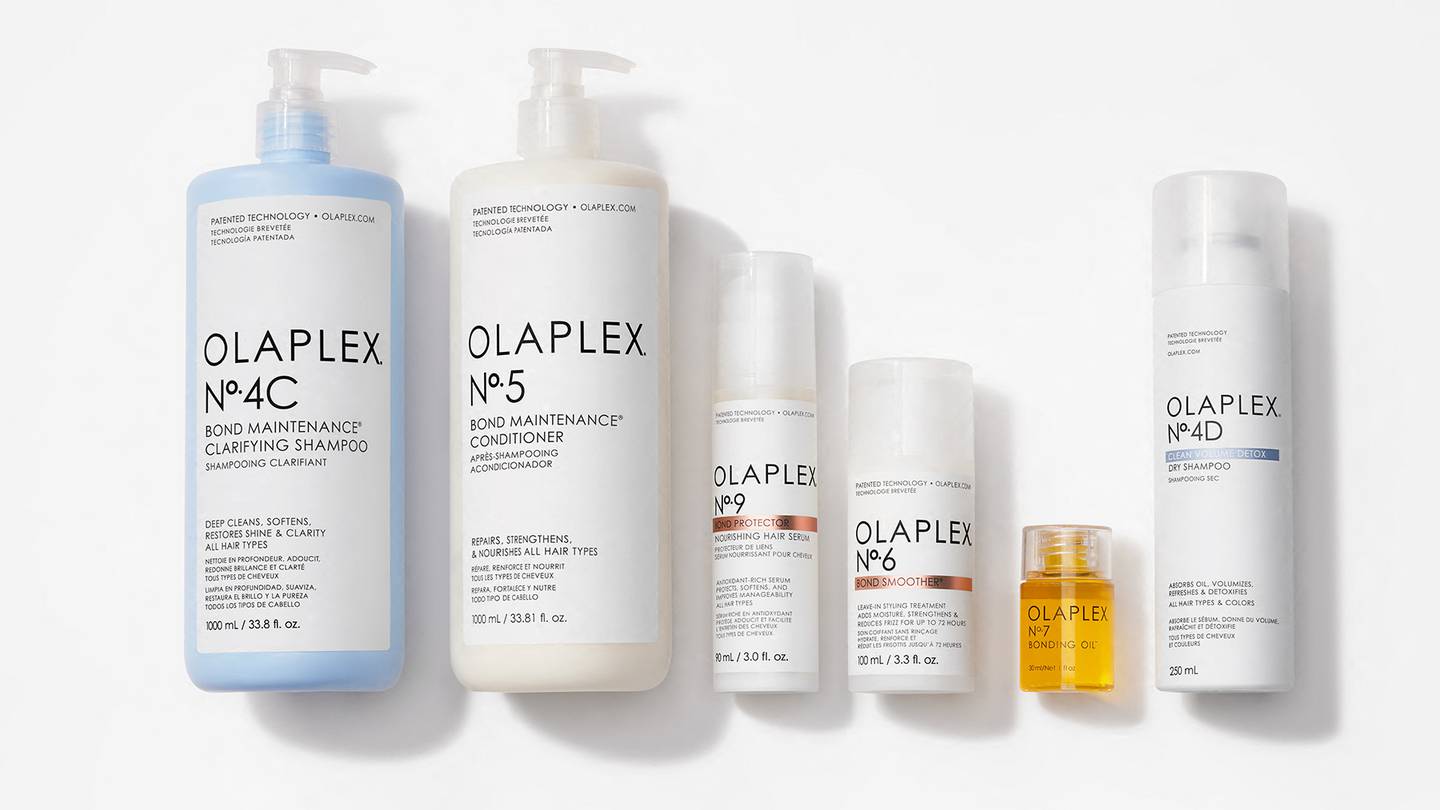
For most of its first seven years, Olaplex was the hair care brand that could do no wrong. Cult favourite products beloved by both stylists and consumers led to TikTok viral fame, culminating in a September 2021 IPO that valued the company at $13.6 billion.
On Feb 9, Olaplex was sued by a group of 28 customers in California who said they suffered hair loss and damage after using the brand’s products. […] Olaplex is hoping to regain control of its story with a marketing campaign emphasising the science behind its formulas. New products are on the way, including a dry shampoo that hit the market in January. International distribution is meant to make up for slowing growth in the US. But above all else, Olaplex needs to recapture the connection it had with customers. […] Overcommunicating to customers in all mediums — marketing messages, customer feedback and social comments — will be key.
Related Jobs:
Global Trainer, Dr. Barbara Sturm — London, United Kingdom
Beauty Sales Manager, NAMES — London, United Kingdom
Beauty Artist and Trainer, H&M Beauty — Stockholm, Sweden
Beauty Merchandiser, Bloomingdale’s — Long Island City, United States
Cosmetics and Fragrance Marketing Faculty Member, Fashion Institute of Technology — New York, United States
Perfumes Consultant, Chalhoub Group — Riyadh, Saudi Arabia


